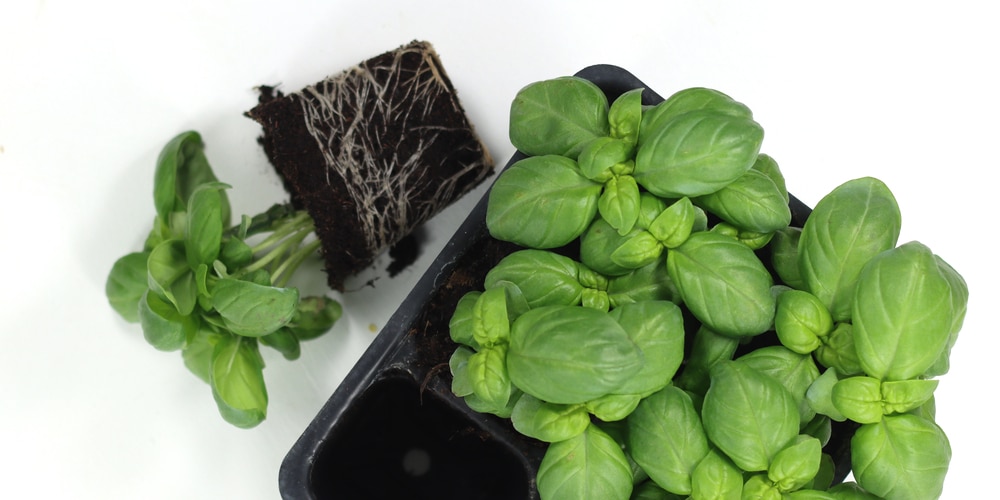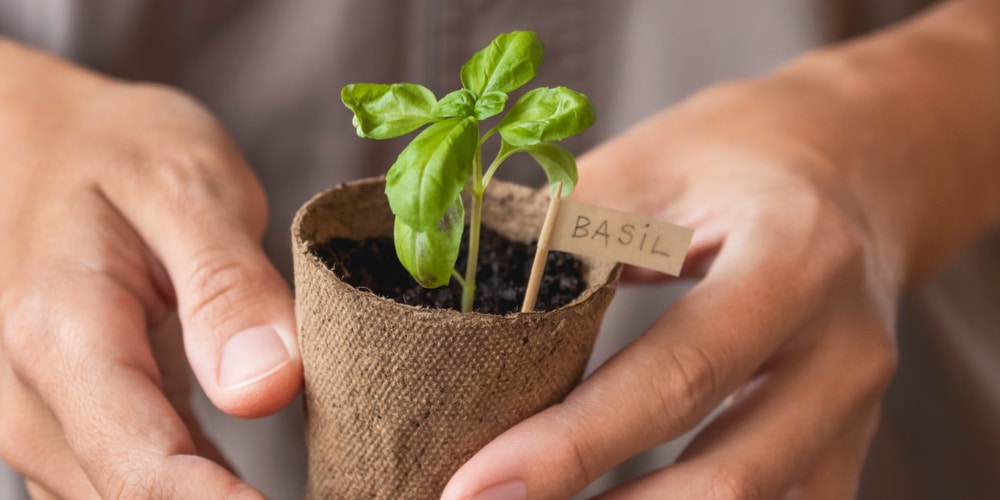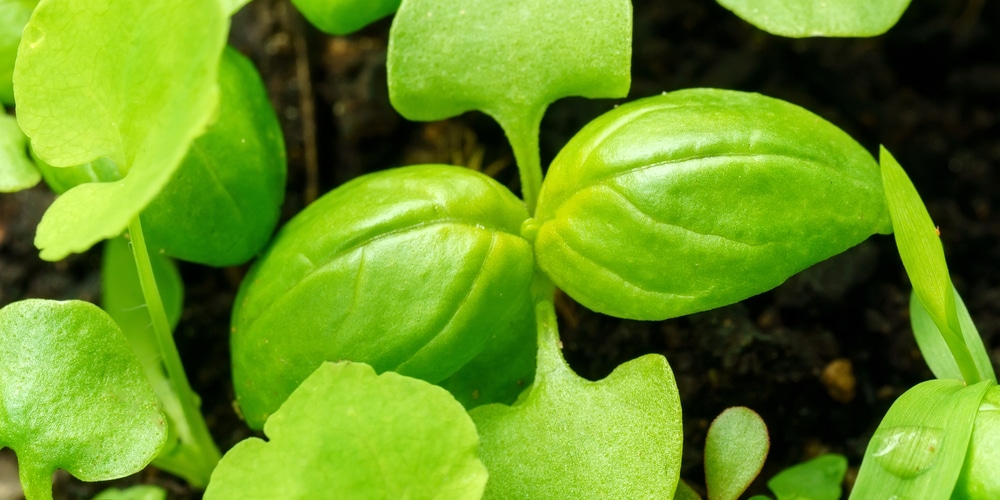Basil is a popular herb in the garden and can be used in salads, sauces, soups, and many other dishes. The climate needs to be semi-tropical for basil to survive outside the home.

Basil is an annual that seeds readily and easily, making it very easy to start your plants from seed. It provides many benefits, including pest control, pollination for nearby crops like tomatoes and bell peppers, and curbing pests like aphids or whiteflies. It can be served raw in salads.
You can add the basil to soups or sauces, both fresh and cooked – or use it to blend other herbs and spices for dishes. Here are critical aspects you should know when growing basil plants. We’ll discuss ‘how many basil seedlings can grow per pot.’
How Many Basil Seedlings Per Pot
Basil seeds are relatively easy to germinate and grow. They should germinate in about 2-3 weeks if placed indoors near average room temperature with plenty of light. You can put 4-6 basil seeds into the pot. For example, a 7×7′ garden would yield about 36 plants from one seeding container, requiring about 8 pots and compost to fill the beds with soil. After the seedlings have grown their first leaves, you can transfer them and only leave 1 or 2 plants on every pot.
The basil plant requires very little care once it is established with plenty of water, fertilizer, and sunlight. You will need a large potting mix in organic matter to help facilitate root development. In addition, the potting mix must drain well, as basil will do best with good drainage but not necessarily wet soil conditions.
Soil
It is highly recommended that you choose well-draining soil to grow your basil. A sandy loam or a mixture of potting soil, peat moss (or humus), and sand work best. You can add perlite or vermiculite if you want, but be aware that these will dry out quickly and need watering every day or every other day. You can also add adequate compost to your potting mix, but keep in mind that this may make it even more difficult for the water to drain through the soil.
Transplanting basil is a bit trickier than other herbs due to their propensity for root rot. Basil should be transplanted from the seedling stage, as germination from cuttings is not often successful. Remove the seedlings from their pots as soon as they have developed two true leaves.
How big a pot for basil
Growing basil in tiny pots encourages them to grow upwards. Not only that, but it makes the plants bushy and more upright as they approach flowering time. An ideal pot size would be between one- and two-inches deep x two inches wide, although a bit larger will certainly work. Smaller pots are fine for growing seedlings, but it is better to choose something more significant than you think you need if you run out of space before your plants get up enough height.
Getting enough light is just as critical when growing indoors as it is outdoors. A bay window that gets good sunlight for at least a few hours each day is an excellent location for basil and any other plants you grow indoors.
Watering a Basil Plant
Outdoor basil can withstand short periods of drought but will die quickly with prolonged dryness. Your indoor seedlings should be watered daily – or at the very least, water them every other day to allow the soil to drain well between waterings. If the soil ends up too wet or soggy, you will most likely have root rot, which is challenging to treat and often fatal to your plant.
Related:
Basil Turning Yellow: Causes and Fix
Fertilizer
There is no need to fertilize basil during its germination and seedling stage. Once it has developed its second set of leaves or true leaves, which show a distinct difference from the first set, it will be ready for fertilizer. Use a water-soluble fertilizer and add the amount recommended by the manufacturer. You can do this every few weeks.
If one of these factors in growing a solid basil plant is ignored, it can cause the plant to suffer or even die. But, basil can be revived pretty easily.
How Many Basil Seedlings Per Pot: Final thoughts
Basil is highly sensitive to fluoride and does not grow well in soils that have been treated with fluoridated water, such as many communities that use water from aquifers for their municipal supply do.
Fluoridated water contains only about 0.5 to 0.6 ppm of fluoride and is not considered hazardous to humans who drink it in moderate amounts. You can purchase distilled or purified water in gallons or liters at most drugstores or grocery stores if your water is fluoridated.

